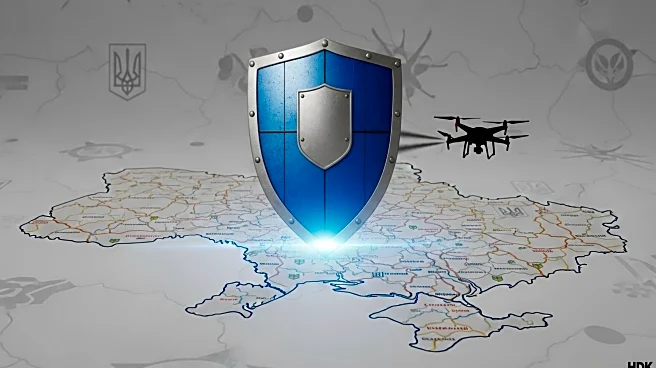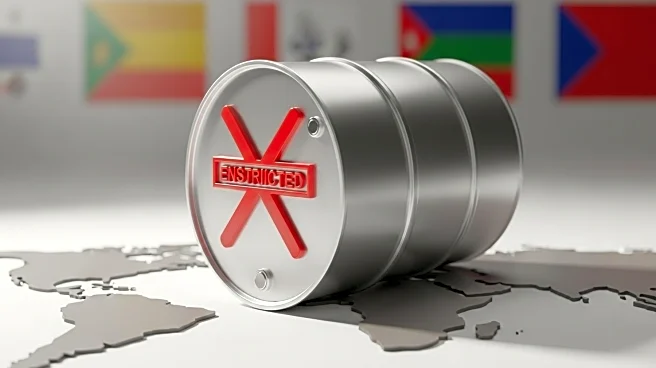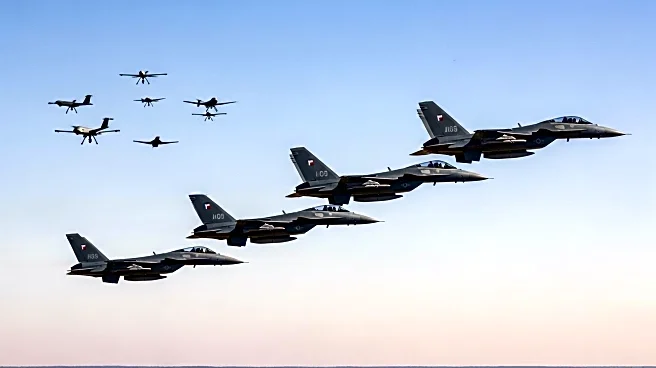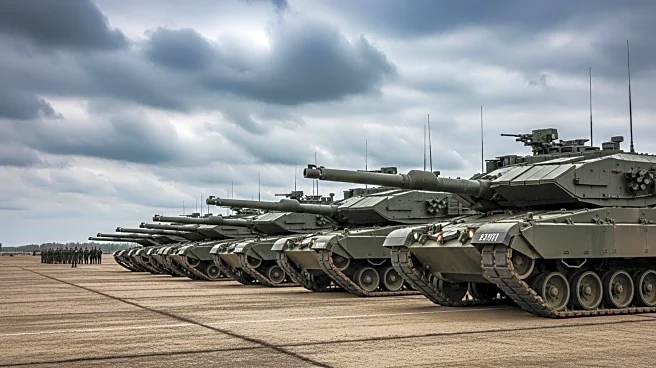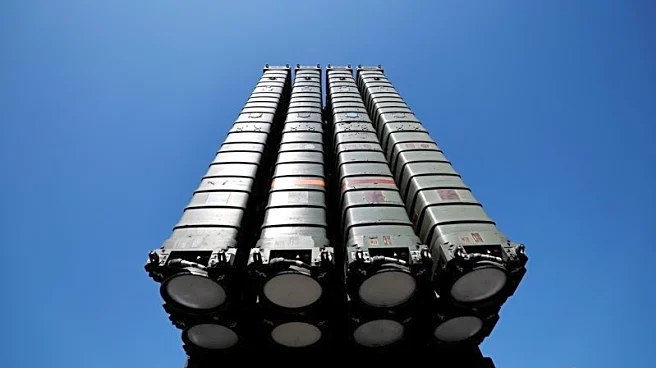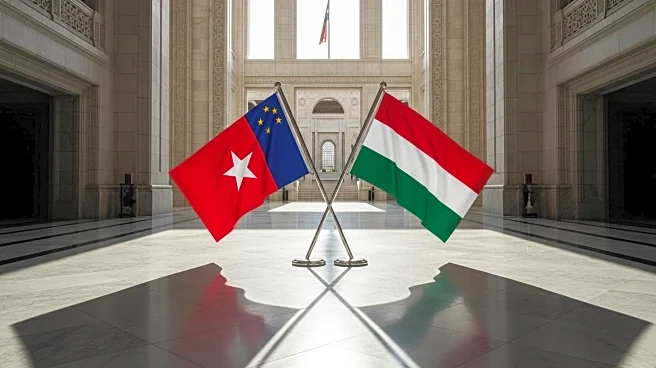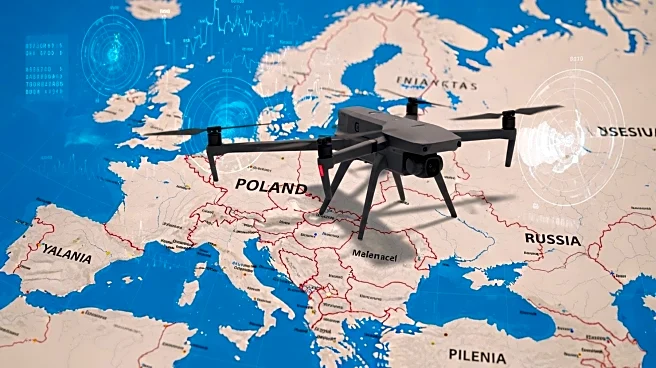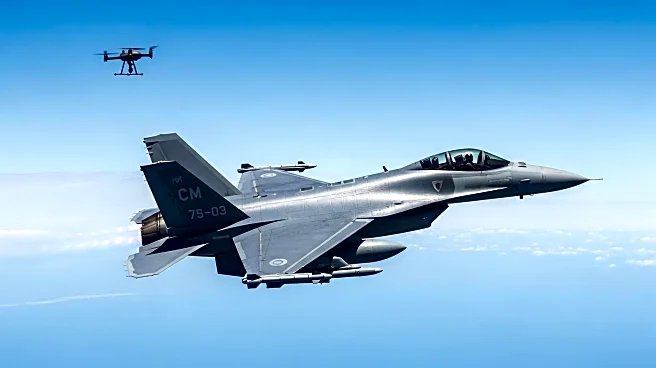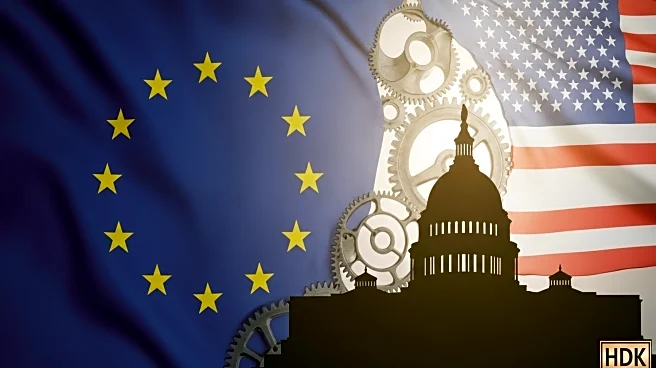What is the story about?
What's Happening?
Poland's Foreign Minister, Radoslaw Sikorski, has called for NATO to impose a no-fly zone over Ukraine to protect against Russian drone incursions. This request follows a recent incident where Russian drones entered Polish airspace, highlighting the ongoing threat posed by Russia to European security. Sikorski emphasized that such a decision cannot be made unilaterally by Poland but requires the consensus of NATO and EU allies. The proposal for a no-fly zone was initially suggested by Ukrainian President Volodymyr Zelensky in response to Russia's full-scale invasion in 2022. Despite the ongoing conflict and increasing drone attacks, the Biden administration previously rejected the idea, citing concerns over escalating tensions with Russia. President Trump has also stated that no U.S. forces would be sent to Ukraine, further complicating the potential for NATO's direct involvement.
Why It's Important?
The call for a no-fly zone underscores the escalating security concerns in Eastern Europe due to Russia's aggressive military actions. Implementing such a measure could significantly alter the dynamics of the conflict, potentially deterring further Russian aggression but also risking a broader military confrontation. For NATO, this decision involves balancing the protection of member states and allies like Ukraine against the risk of provoking a direct conflict with Russia. The situation also highlights the strategic importance of Eastern European countries in the broader geopolitical landscape, as they serve as a buffer between Russia and Western Europe. The outcome of this proposal could influence NATO's future defense strategies and its role in global security.
What's Next?
The proposal for a no-fly zone will likely be a topic of discussion among NATO members, requiring careful consideration of the potential military and diplomatic repercussions. Key stakeholders, including the U.S. and major European powers, will need to weigh in on the feasibility and risks of such an action. The response from Russia, which has already denied intentional aggression, will also be a critical factor in determining the next steps. Additionally, the ongoing drone incursions may prompt NATO to enhance its air defense capabilities in Eastern Europe, regardless of the decision on a no-fly zone.
Beyond the Headlines
The situation raises important questions about the legal and ethical implications of establishing a no-fly zone in a conflict zone. Such a move could set a precedent for future international military interventions and the use of force in sovereign airspace. It also highlights the challenges of collective defense agreements like NATO, where member states must navigate complex geopolitical landscapes and differing national interests.
AI Generated Content
Do you find this article useful?
